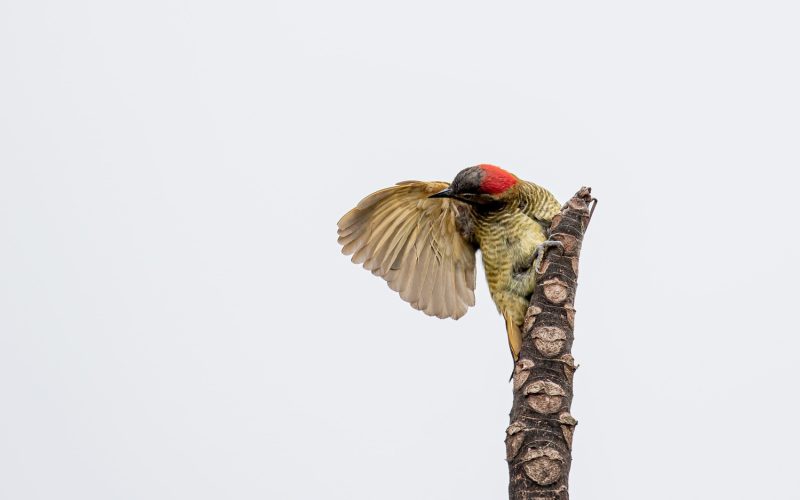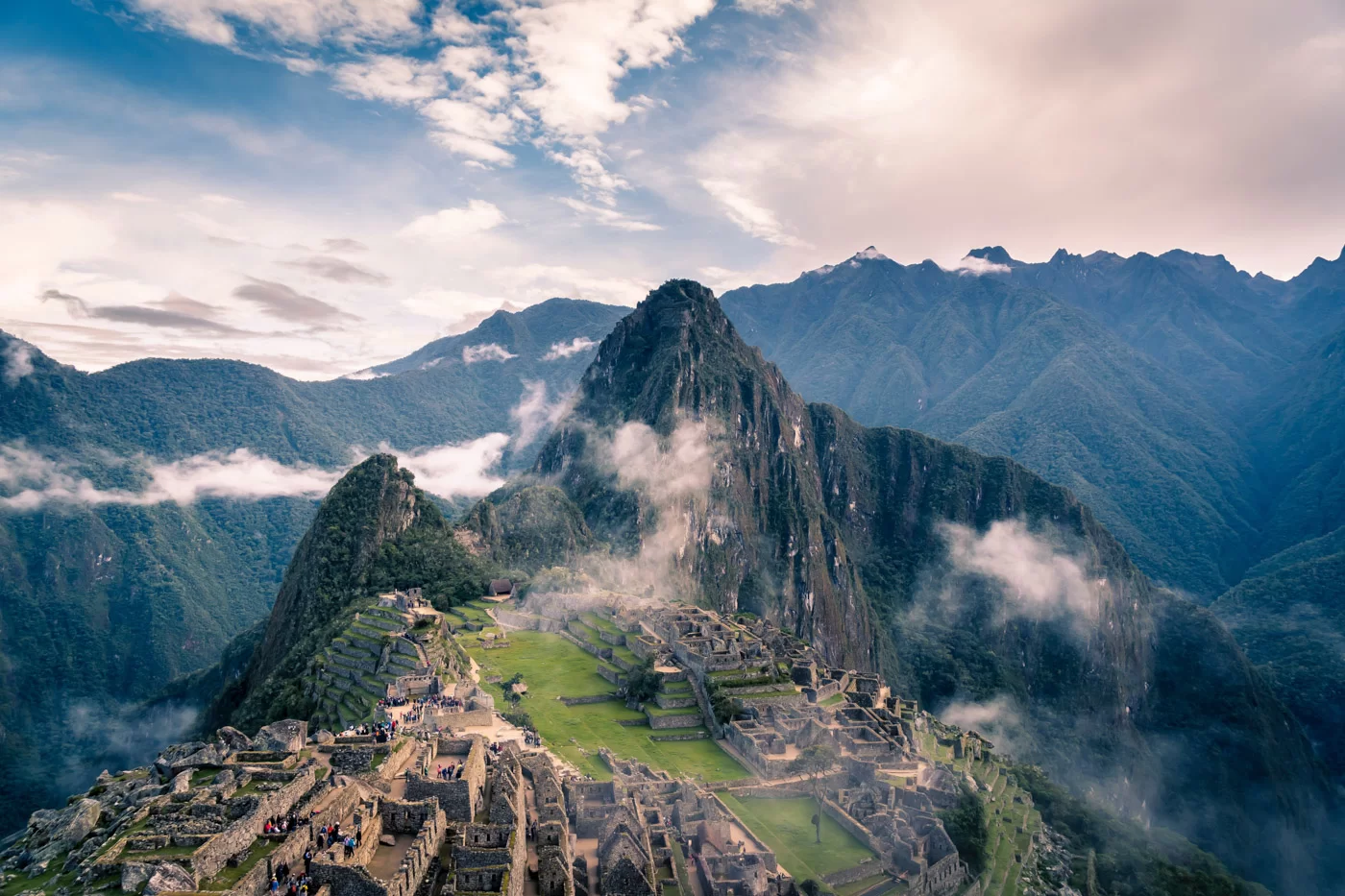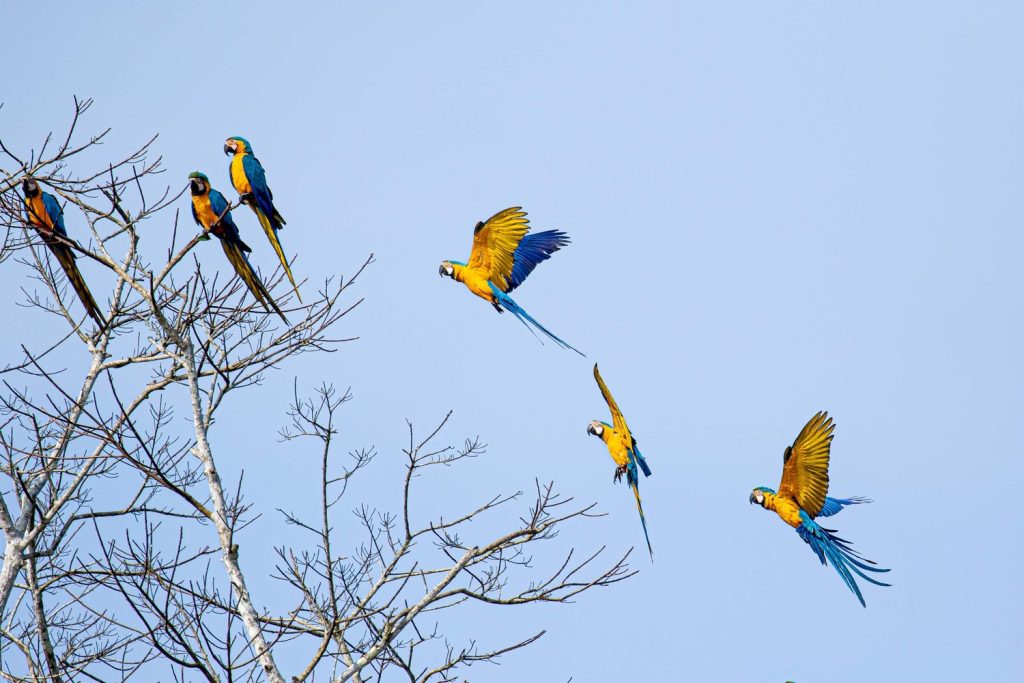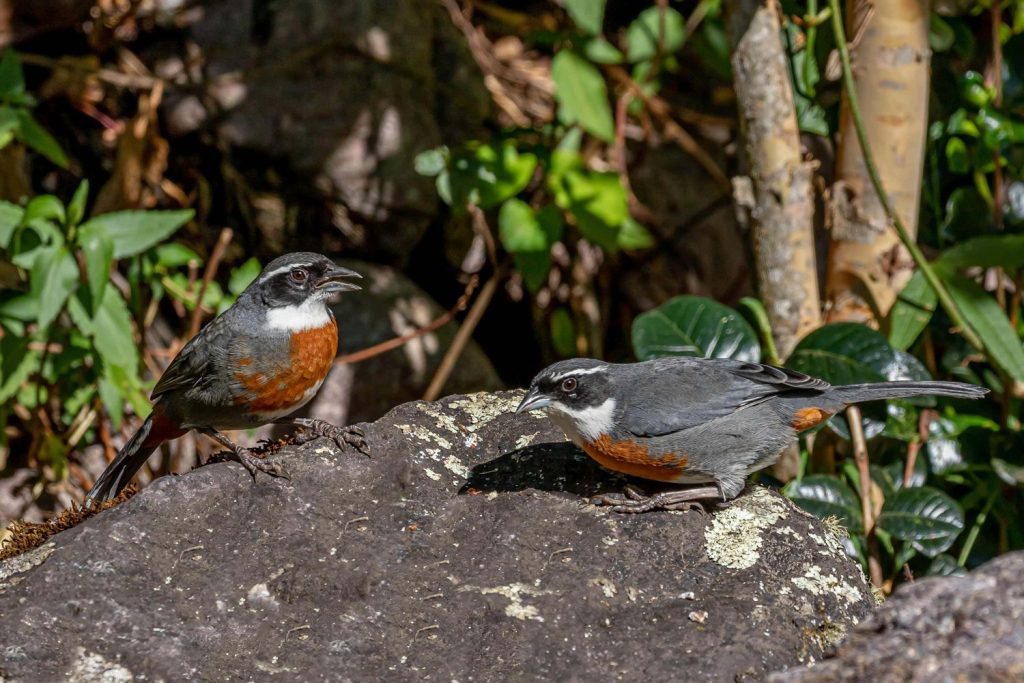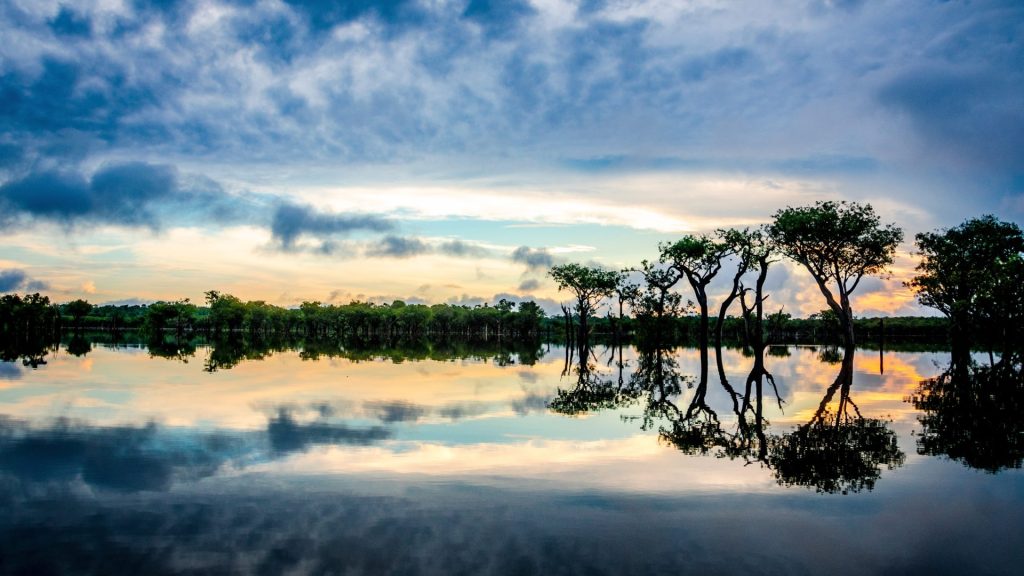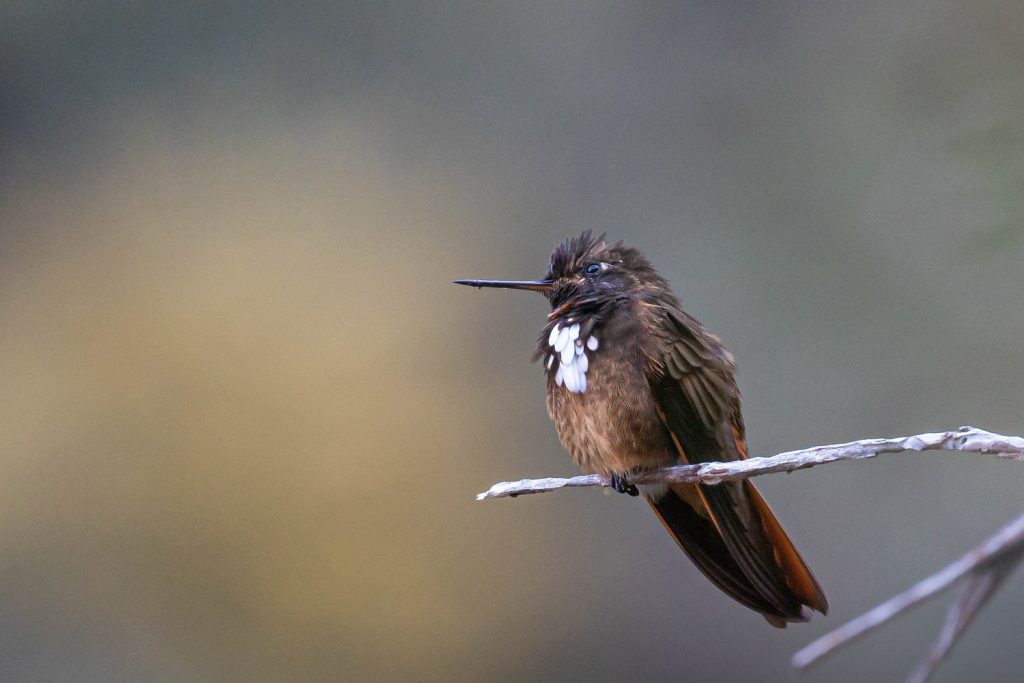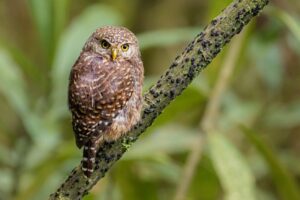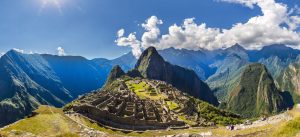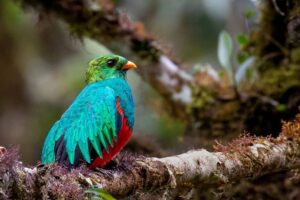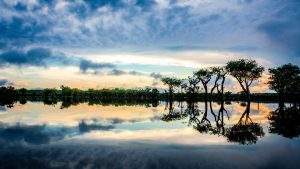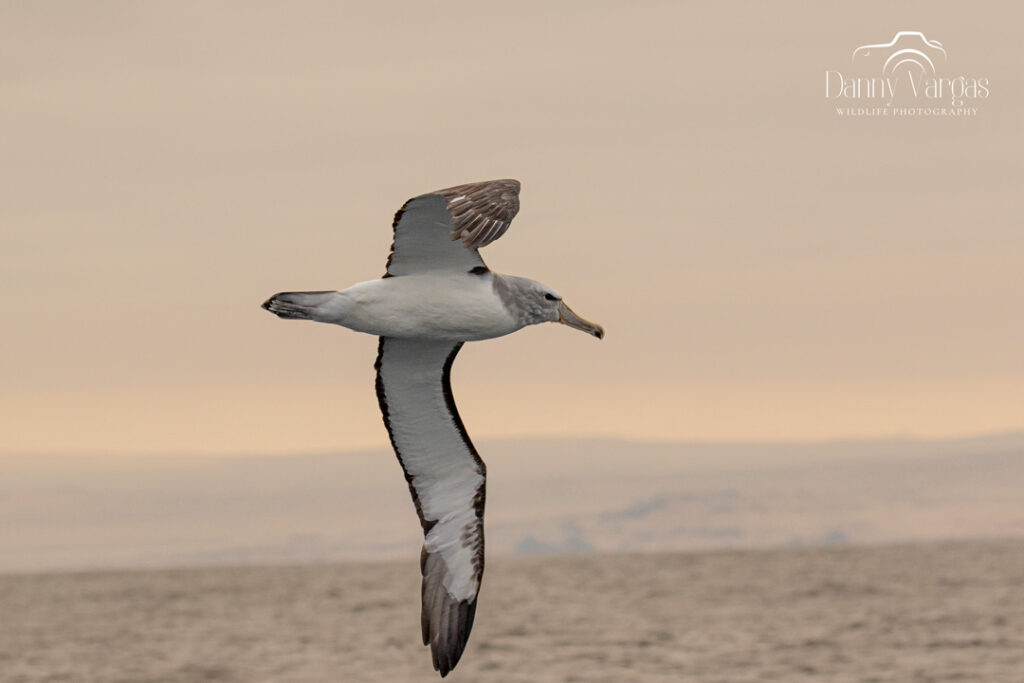BIRD PHOTOGRAPHY IN MACHUPICCHU & MANU NATIONAL PARK
- From
- USD 2850
- Trip Type
- Activities
- Trip Duration
- Group Size
- Habitats Covered
The price listed above is based on a minimum of 4 people in double occupancy. If you have any questions please refer to FAQ of send us a message.
- Trip Outline
- Itinerary
- Trip Includes
- Gallery
- FAQ
Trip Outline
This is a exhilarating bird tour designed specifically for bird photography, it will take you on a captivating journey through the diverse landscapes of Cusco, the Sacred Valley, Urubamba’s hummingbird feeders, bird photography in Machu Picchu, the enchanting Maras-Moray salt pans, and the pristine wilderness of Manu National Park.
In Cusco and the Sacred Valley, you’ll discover among the best birding in Peru blended with a great selection of the mystical aura of the Inca Empire surrounding you by the visit of some of the most spectacular archaeological and historical parks.Several hummingbird and Tanager gardens and feeders, carefully selected, offer an intimate encounter with the most representative and striking species of each habitat and will offer the support for your creativity and skills.
Cultural aspects and Bird photography in Machu Picchu, the crown jewel of your journey in terms of culture, reveals its secrets as your lens captures the intricate stonework, panoramic vistas, and resident llamas. Each photograph embodies the ancient wonder of this iconic citadel. Maras-Moray salt pans add a touch of history and artistry to your photography, with stark white salt ponds contrasting against the red earth and green hills. The natural patterns and colors create captivating compositions.
Finally, in Bird Photography in Manu National Park, your senses come alive amidst the lush rainforest. Your camera tells the story of one of the most pristine wilderness National Park, where tropical birds and wildlife reveals its beauty in every frame.
This bird photography tour offers a genuine and immersive journey through some of Peru’s most extraordinary landscapes and wildlife habitats. With each click of your camera, you preserve the rich biodiversity and cultural heritage of this remarkable region, creating a visual narrative that captures the essence of Cusco, the Sacred Valley, Ollantaytambo, Machu Picchu, Maras-Moray, and the exuberant enchants of Manu National Park.
For some of our suggestions of Bird Photography see here.
Itinerary
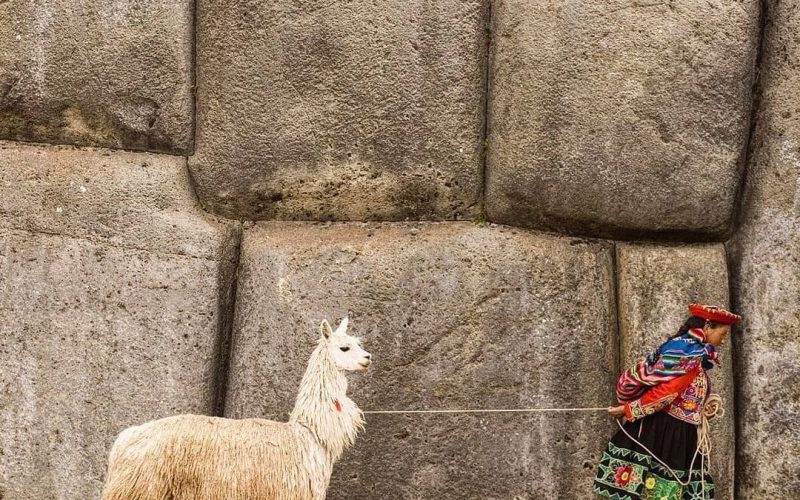
Lima - Cusco (Cultural tour)
Arriving to Cusco and transport to the Hotel. Due to the elevation it's wise to take it easy and acclimatation. After lunch, we will visit the Ancient capital of the Inka. We will get into two of the best sites here, Temple of the Sun “Qoricancha” and “Saqsaywaman” right out of the town, not as famous as Machupicchu, this place is a true gem among archeological sites, constructed in megalithic style is a great site to appreciate the skills of the pre-hispanic cultures in the New World.
Sacred Valley + Molino Lodge
Today's adventure takes you through the sacred valley, with visits to Pisaq and Ollantaytambo, presenting you into the historical and cultural aspects of the country before immersing yourself in bird photography at Molino Lodge. Your day commences in Pisaq, where you'll capture the essence of Inca heritage against the backdrop of stunning landscapes. The archaeological site at Pisaq offers a wealth of photographic opportunities, from intricate stone terraces to panoramic vistas of the Urubamba Valley. As you journey to Ollantaytambo, an incredible well-preserved Inca fortress constructed with massive stone walls and ancient stone-lined streets, capturing the timeless allure of this historic site.
Leaving Ollantaytambo behind, we will ascend Molino Lodge, a very charming site far from the crowd of the most touristic places next to the cloud-covered slopes where we will find restricted birds on their natural environment at the local feeders. The changing light may be enhancing the vibrant colors of the birds' plumage.
Night in Molino Lodge
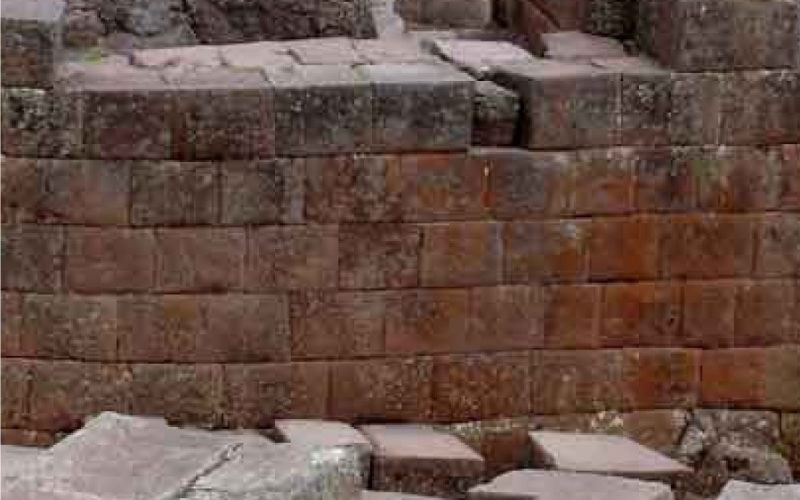
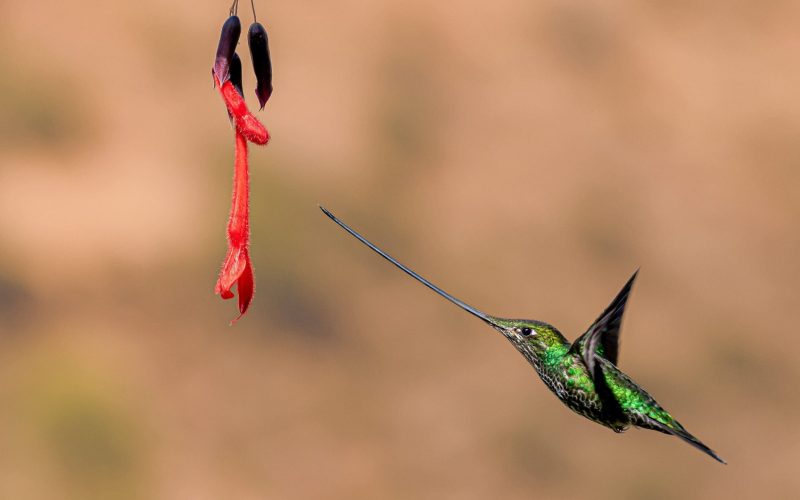
Molino Lodge & Ensifera garden
Our day begins at the lodge's enchanting garden, the morning is dedicated to photographing these tiny, iridescent jewels. Great Sapphirewing, Green-and-white Hummingbird, Violet-thoated (Cuzco) Starfrontlet, White-Tufted Sunbeam, Mountain Velvetbreast among others come to the garden of the Lodge. Additionally other feeder stations attract the endemic Chestnut-breasted Mountain-finch, Golden-billed Saltator, Black-backed Grosbeak and Creamy-crested Spinetail to the surroundings. This lodge has a very good design for photography and serves as a natural studio, where these agile creatures perform their aerial ballet.
Later in the day after lunch, our photography tour will lead us towards Ensifera Camp, another hummingbird site located strategically and where feeders show excellent chances for Sword-billed Hummingbird, Black-tailed Trainbearer, Tyrian Metaltail, Sparkling violetear, White-bellied Hummingbird, Shining Sunbeam and the spectacular Giant Hummingbird, among others.
As the day unfolds, a charming train journey awaits. We'll board the touristic train, on a picturesque ride that winds its way through the breathtaking landscapes of the Sacred Valley and the transitions of the scenery, from high-altitude vistas to lush valleys, as the train carries you towards one of the world's most iconic archaeological wonders. The journey culminates in the awe-inspiring destination of Machu Picchu.
Night in Machupicchu
Machupicchu full day.
We start the day at the town of Aguas Calientes, birding early in the morning where Andean Motmot, Long-tailed Sylph, Chestnut-breasted Coronet, Silvery Tanager, Masked Fruiteater, etc. Later, our adventure unfolds amidst the ancient mystique Inca City, Bird photography in MAchupicchu, one of the world's most cherished and enigmatic archaeological sites. As the sun casts its first rays upon the citadel, you step into a world where the Inca civilization's secrets await discovery.
Exploration of Machu Picchu starts on a 20 minute bus ride which ascends on the misty mountains of Machu Picchu. Once there, you'll have the chance to explore and photograph this ancient Inca city, an architectural masterpiece nestled among the Andean peaks. Your lens will frame the intricate stonework, terraces, and panoramic views that make Machu Picchu a true photographic gem. This day is a visual odyssey, culminating in the awe-inspiring wonder of Machu Picchu. Through your photographs, you capture the magic of these experiences, preserving their beauty and significance for years to come.
As the day unfolds, the shifting sunlight adds dimension to your shots, unveiling new perspectives and moods within this atmospheric setting. Llamas graze in the terraced fields, contributing to the timeless allure of the site.
Later in the afternoon, we will embark on the train journey that will carry you back to the Sacred Valley.
Night in Urubamba.
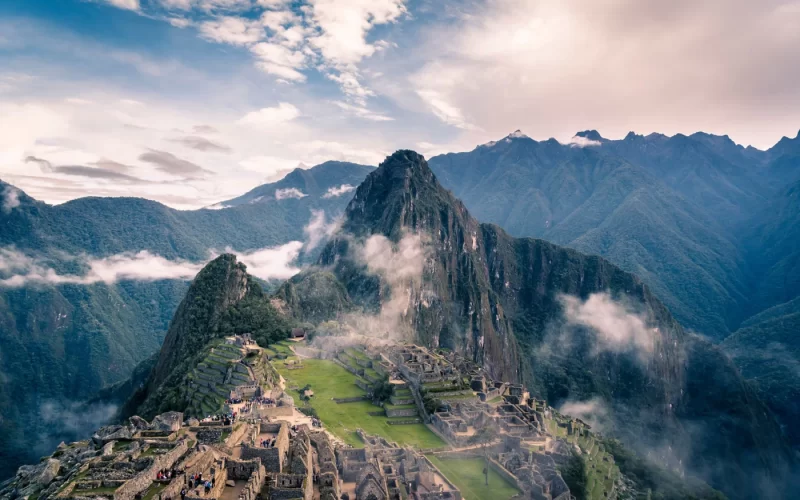
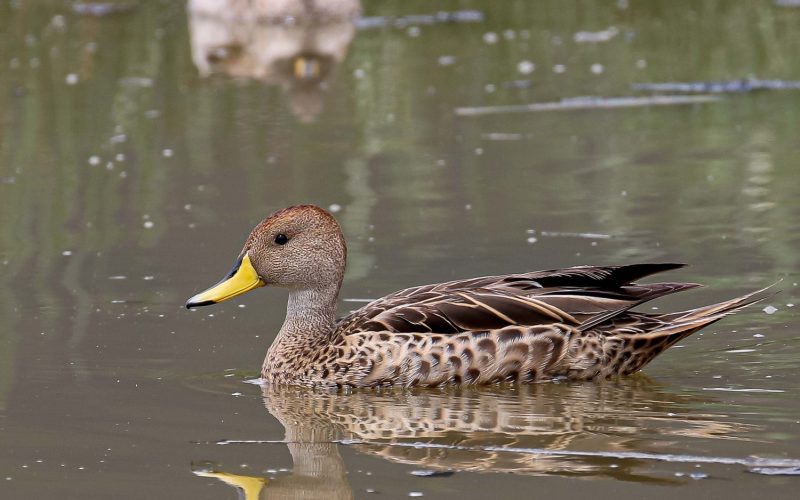
Chinchero and Highland Lakes
Our day begins in Urubamba, after breakfast, our itinerary takes us on a journey through history, culture, and nature. Your first stop is the enigmatic archaeological site of Moray, where you'll visit the intriguing concentric terraces that served as an agricultural laboratory for the Incas. The circular formations and their varying microclimates offer a unique photographic subject, inviting you to play with patterns, perspectives, and angles. Continuing your adventure, you arrive at the ancient salt pans of Maras with its intricate network of salt ponds that have been harvested since pre-Inca times. The stark white of the salt contrasts beautifully with the surrounding red earth and green hills, creating a captivating palette for your photographs.
Leaving Maras behind, you venture to the picturesque lakes of Huaypo and Piuray. These high-altitude oases provide the perfect setting for bird photography, offering the chance to capture Andean waterfowl and the stunning reflections of the surrounding mountains on the tranquil waters allow great opportunities for our lenses to capture Silvery Grebe, Yellow-billed Pintail, Puna Teal, Puna Ibis, Andean Goose, Many-colored Rush Tyrant, Yellow-winged Blackbird, etc. Austral and Boreal Migratory birds use to rest temporarily here.
As the sun dips below the horizon, we´ll conclude our day in Cusco to get ready for our following days, as the itinerary will take us to the emblematic road which enters the Manu National Park.
Wayqecha Lodge
Our journey to Manu Road starts early in the morning in Cusco through intermontane valleys visiting first Huacarpay the famous RAMSAR Wetlands are located in the vicinity. We have chances for native waterfowl and the endemic Bearded Mountaineer and Rusty-Fronted Canastero.
Later, the road takes us to the highlands where we can find Slender-billed Miner, Andean Flicker, Peruvian Sierra-finch, Andean Ibis along the road. Mountain Caracara and Variable Hawk use to be present gracing the Andean landscape with their presence. Creamy-crested Spinetail, Scribble-Tailed Canastero, Taczanowski's Tinamou, the elusive Puna Tapaculo and the charming Yungas Pygmy Owl are among the highlights of this birdwatching journey. Once on Ajanaco pass, the gateway to Manu, we may find Grass Wren, Moustached Flowerpiercer, Puna Thistletail can be found next to the Grasslands and scrubby vegetation. After our picnic lunch, we will start our way down towards the amazon basin with a dramatic change of habitat where colorful canopy dwellers use to ve hidden among the lush vegetation y mist, we have great chances of Golden-collared Tanager, Scarlet-bellied & Hooded Mountain-tanager, Gray-breasted Mountain-toucan, etc. and others, wrapping up a day filled with exceptional bird species. The journey towards Wayqecha Lodge provides a rich tapestry of avian encounters.
Night in Wayqecha
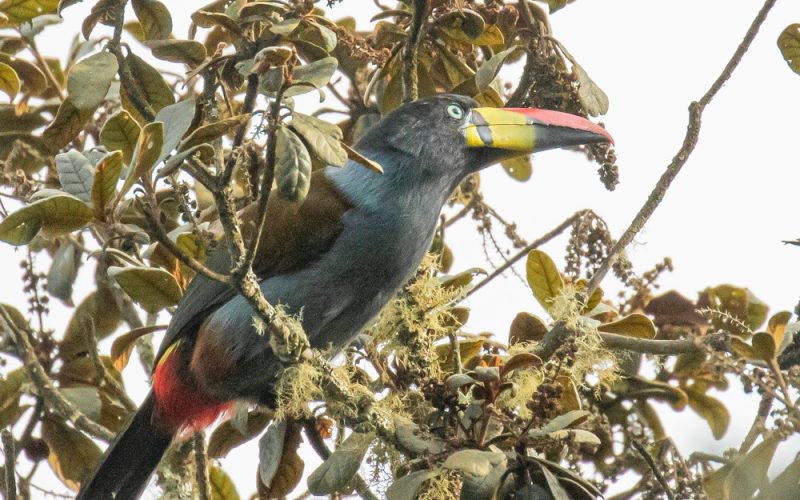
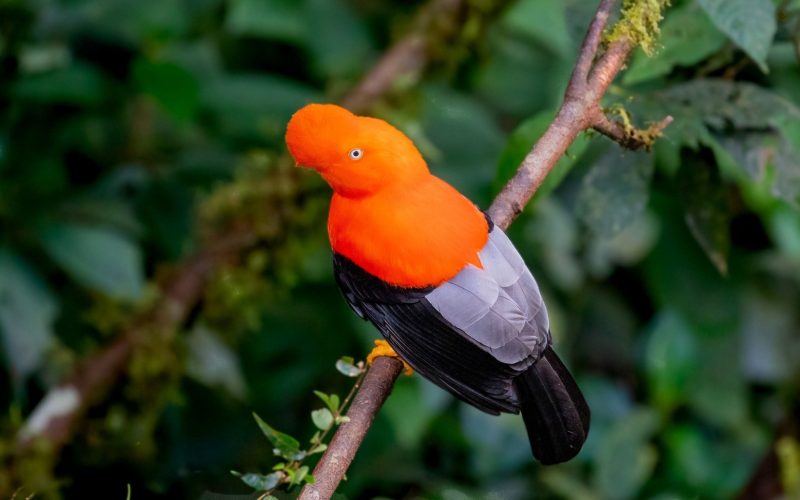
Cock of the Rock
Wayquecha is located in the Elfin forest. Chilly and humid, the place is nestled in the clouds. Very little is known about this delicate habitat. At 3,000 meters elevation, the place is known, not only for the birds, but several sp. of orchids are found here too. The regular garden visitors are Long-tailed Sylph, Scaled and Tyrian Metaltail, Shining Sunbeam, “Cuzco ''Starfrontlet” (Split from Violet-fronted Starfrontlet). The bird life here includes Hooded Tinamou, Stripe-faced Wood Quail, Semi-Collared Hawk, Black-and-chestnut Eagle, Sword-Billed Hummingbird Rufous-capped Thornbill, Masked Trogon, Crimson Mantled Woodpecker, Puna thistletail, Marcapata Spinetail, Band-tailed Fruiteater, Swallow-tailed Nightjar,
We will spend the mourning paying attention at the hummingbird and tanager feeders and after lunch, we will pack to keep descending on the road where we have good opportunities of Solitary Eagle, Black-and-Chestnut Eagle, Red and White Antpitta (E), Trilling Tapaculo, White-throated and White-banded Tyrannulet, Inca(E), Handsome & Ochraceous-breasted Flycatcher, Black-throated Tody-tyrant, Ochre-faced Tody-flycatcher, Golden-headed Quetzal, White-collared Jay, Fulvous Wren, Masked Flowerpiercer, Three-striped Hemispingus, Black-faced Brush-Finch, Dusky-green Oropendola, Mountain Cacique, etc. This area is home for Spectacled Bear and Culpeo (Andean fox) as well. Manu Road is a birders and photographers paradise.
Night in Cock of the Rock Lodge
Cock of the Rock Lodge
San Pedro is located at 1500 meters elevation, lower and warmer than Wayqecha.
After breakfast, we will spend few hours at the garden where Buff-thighed Puffleg, Booted (Anna´s) Racket-tail, Peruvian Piedtail (E), Violet-fronted Brilliant, Speckled Hummingbird comes to the nectar feeders while a mixed flock regularly visits the fruit feeders with Paradise, Golden, Golden-eared & Blue-necked Tanager, Versicolored Barbet, and Yungas Manakin can be found few meters into the trails.
After lunch at the lodge, the afternoon is saved for one of the most emblematic shows of nature, the Cock of the Rock Lek, a wonderful show where groups of bright and colorful males gather here to display. There is a platform conveniently placed at the Lek to enjoy it. On the way back to the lodge, we may spend some time a few kilometers above searching for Lyre-tailed Nightjar and Rufescent-Screech-Owl in the dusk.
Night in Cock of the Rock Lodge.
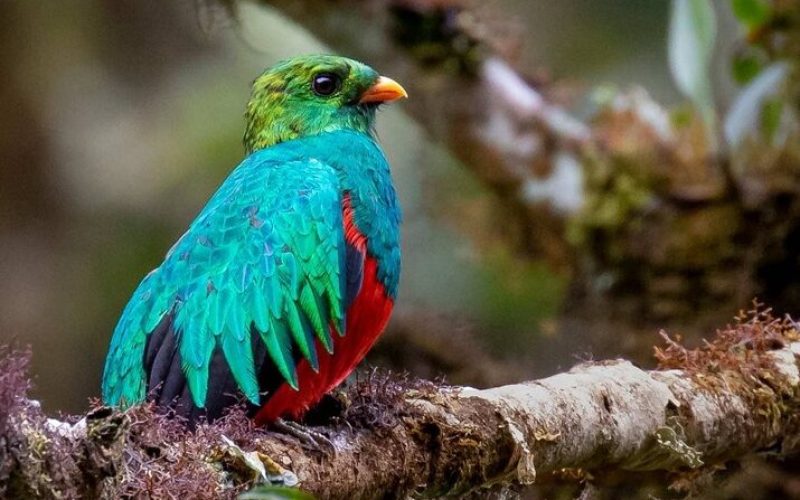
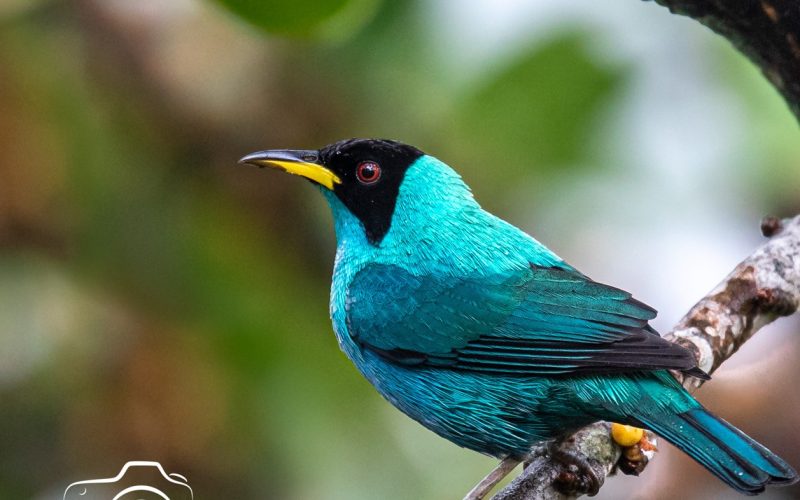
Manu Road & Foothills
After some extra time around the garden and surroundings, we will keep descending along the road where the relatively pristine vegetation shows more exciting species such as, Military Macaw, Blue-banded Toucanet, Highland Motmot, Lanceolated Monklet, Rufous-capped Nunlet, Blue-moustached Barbet, Yellow-billed Nunbird, Chestnut-backed Antshrike, White-backed Fire-eye, Stripe-chested Antwren, Yellow-breasted Warbling-antbird, Blackish Antbird, White crowned Tapaculo, Maroon-belted Chat-tyrant, Ornate Flycatcher, Fulvous-breasted Flatbill, Crested Quetzal, Yellow-rumped antwren, Yellow-breasted Warbling Antbird, Yungas Manakin, Cerulean-capped Manakin, Fiery-capped Manakin, Inca Jay, White-capped Dipper, Russet-backed Oropendola. Among a large list of multi-colored Tanagers and others. In addition, a Tanager new for science has been reported and photographed here, Inti Tanager. The restricted Wooly Monkey lives here as well as the Brown Capuchin Monkeys
Night in Villa Carmen
Villa Carmen Lodge (Manu Biolodge)
Villa Carmen serves as our base for exploring the rich biodiversity of the lowlands of the buffer zone of the emblematic Manu National Park, a UNESCO World Heritage site known for its astonishing array of wildlife. We will start our day at a local garden and feeders where we have excellent chances for otherwise difficult species to photograph such as Amazonian Antpitta, Rufous-sided Crake, Scarlet-hooded Barbet, Fine-barred Piculet, Yellow-billed Nunbird, etc. Hummingbirds come daily to the garden, the charming Rufous-crested Coquette, Blue-fronted Lancebill, Black-eared Fairy, Golden-tailed Sapphire, White-necked Jacobin, Rufous-breasted Hermit, Pale-tailed Barbthroat, Black-throated Mango, etc. and the surroundings presents great chances for Black-tailed & Blue-crowned Trogon, Brazilian Teal, King Vulture and others.
For the afternoon, the serene ambiance of Villa Carmen Lodge, we will explore the garden and the patches of Guadua bamboo where Boat-billed Flycatcher, Long-tailed Tyrant, Silver-beaked Tanager, Yellow-tufted Woodpecker, Rufous-headed Woodpecker are among the highlights. Finally, in the dusk, Tropical Screech-owl is a good possibility.
Night in Villa Carmen.
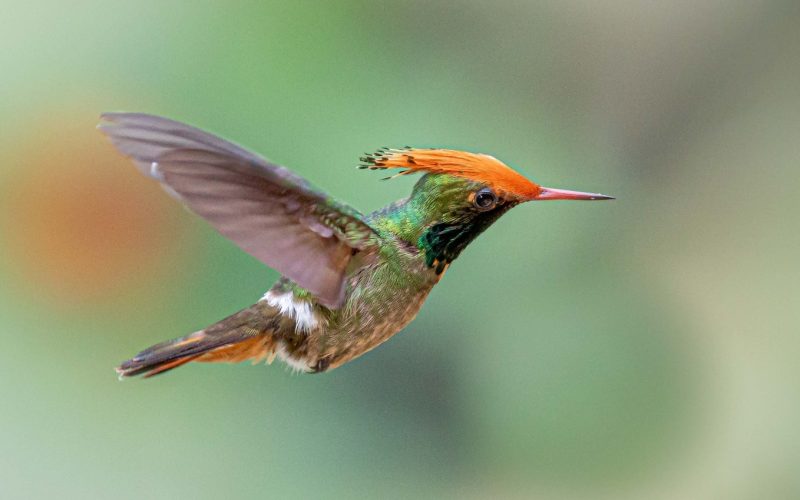
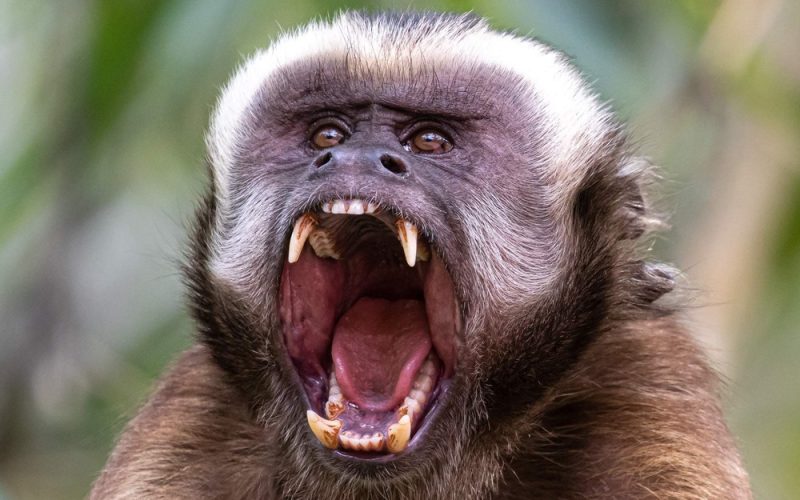
Manu Lowlands
We start early mourning at the lodge with Black-backed Tody-flycatcher (E), White Hawk, Blue-headed Macaw, etc and visit another local feeder station where Buff-tailed Sicklebill is resident in the garden, with White-bearded Hermit, Koepke´s Hermit (E) , Great-billed Hermit, Amethyst Woodstar, Violet-headed Woodpecker, Fork-tailed Woodnimph, Sapphire-spangled Emerald. Fruit feeders attract other charismatic species such as Lemon-throated Barbet, Yellow-bellied, Turquoise, Spotted, Opal-crowned Tanager, Yellow-bellied & Blue Dacnis, Purple Honeycreeper, etc.
After a picnic lunch at the feeder station, we will drive for an hour towards the town of Salvacion, the capital of the Manu District in order to visit Machuwasi Oxbow Lake. This place is excellent for photographing the spectacular Hoatzin, White-thorated Toucan, Blackish Rail, Horned Screamer among many others.
Night in Villa Carmen Lodge
Back to Cusco
After breakfast and a last time exploring Villa Carmen, we will start the way back to Cusco visiting the places we were before in order to get captures of birds we missed in the way in.
We stop at San Pedro area for lunch at a local fruit and nectar feeders where Saffron-crowned, Golden-naped, Slaty,& Beryl-spangled Tanager and where our guide Danny recently reported Green-throated Tanager (first historical report for south Peru); Bluish & Fiery-eyed flowerpiercer are all common visitors to the garden.
We will arrive around 5 pm at Cusco and transfer to your hotel.
END OF SERVICES
If you are interested in adding some extra species, you may be interested in our birding extensions of Abra Málaga (See more details here ) or Vilcabamba Mountains (See more details here ) both are world class birding sites and among our favorites short routes for birding and photography.
